Current Issue - Anadromous Spawning Habitat
Fisheries Ecosystem Assessment Division has applied impervious thresholds and targets to anadromous spawning habitat in Maryland.
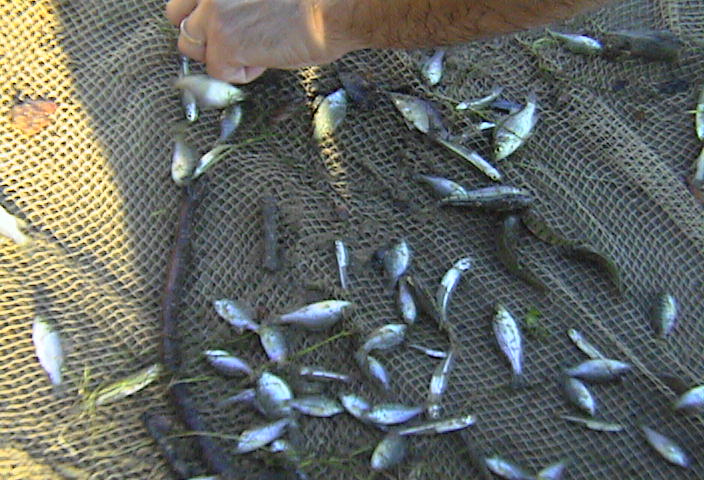
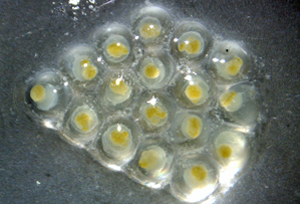
Anadromous fish are fish that migrate from saltwater to freshwater to spawn. Anadromous species in the Bay include Striped bass, Hickory and American shad, Blueback herring, Alewife, White perch, and Yellow perch. Biological sampling was conducted in the 1970’s and 1980’s in order to document spawning streams and nursery areas of anadromous finfish species in Maryland. These studies applied several sampling approaches to document the presence of adults, egg or larvae of American Shad, Hickory Shad, Alewife Herring, Blueback Herring, White Perch and Yellow Perch. Maps showing the presence of one or more of these life stages were developed (O’Dell et al. 1975, 1970, 1980) and have been digitized (Figures 1-3).
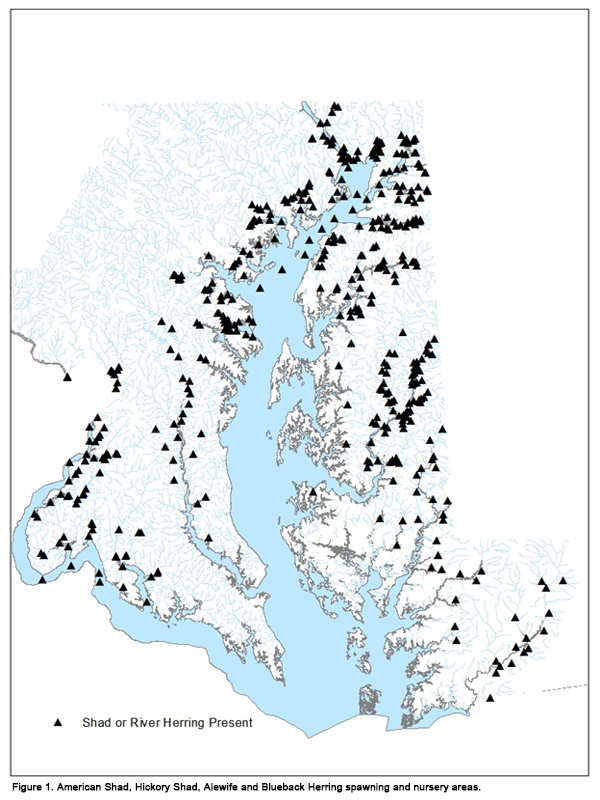

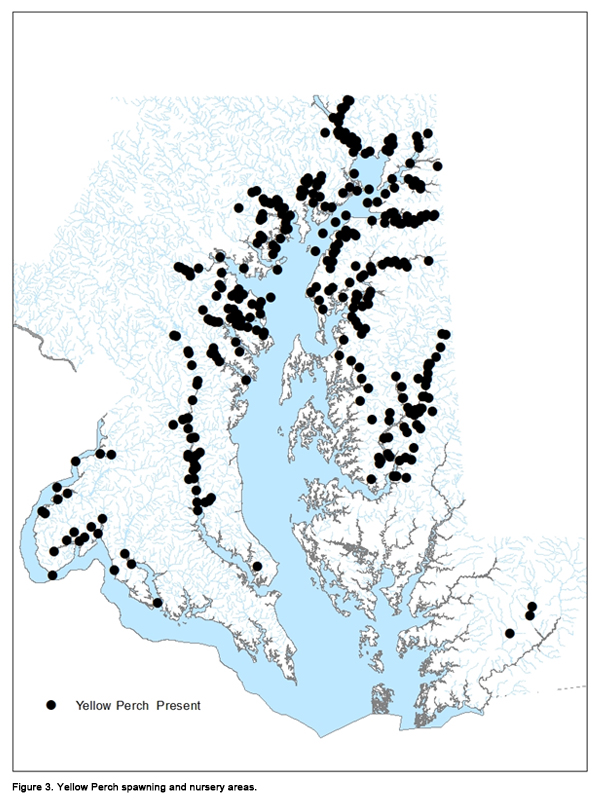
Through years of research (dnr.maryland.gov/fisheries/pages/fhep/pubs.aspx), our program has identified many negative consequences of suburban and urban watershed development on spawning and nursery habitat of anadromous fish. Development leads to increases of runoff volume and intensity in streams, leading to increased physical instability, erosion, sedimentation, thermal pollution, contaminant loads, road salt, and nutrients through direct discharges, sewage leaks and spills, and stormwater runoff. In addition to direct effects of many of these factors, harm may occur through alteration of natural food webs. All of these eat away at underlying productivity of fish populations that support fisheries.
Fisheries managers need to take into account changes in productivity due to development to manage realistically. To depict present condition of anadromous fish spawning habitat, a watershed development layer was added to the maps to visualize fisheries management priorities (Figure 4). High priority areas are rural watersheds where spawning and nursery habitats are least limited by development. We emphasize conservation of these still productive areas in order to maintain our present fisheries but promote habitat revitalization where habitat can be enhanced. Moderate priority areas represent early suburban watersheds where land-use related stressors could begin to affect spawning and nursery habitat and diminish recruitment. Conservation of remaining rural land is still the top priority. Losses could be compensated for through stocking (if stocked fish reproduce successfully) and successful revitalization of habitat, but development might need to be limited to maintain conditions. Managing development is largely a local matter. Stocking would not be a continuous activity and would be discontinued once a self-reproducing population is re-established. Reconstruction of badly degraded habitat may allow for some enhancement of production, but these areas are unlikely to be as productive as a more natural system. Low priority areas represent watersheds where spawning and nursery functions are impaired to the extent that egg and larval survival is very poor and substantial areas of juvenile and adult habitat are lost to low oxygen. These areas do not support self-sustaining populations. Fisheries are supported much more by fish migrating from other, less developed watersheds than local reproduction. Subestuaries in these fully suburban-urban watersheds still function as habitat for juvenile and adult fish, but in a more limited fashion. Reconstruction of habitat may support fish that have immigrated but is unlikely to result in self-sustaining local populations.
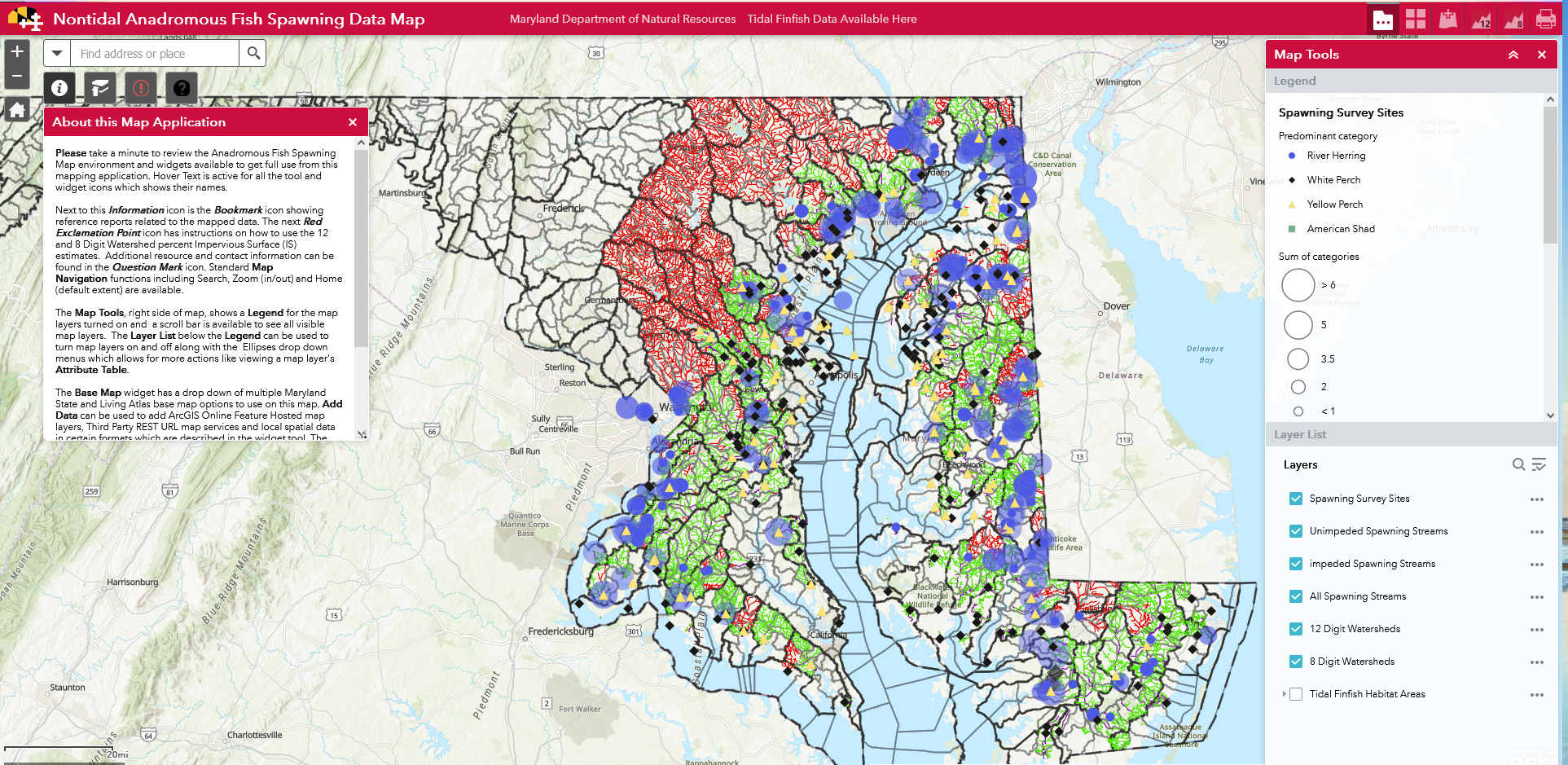
Figure 4. Anadromous spawning habitat suitability with recommendations for habitat management with link to interactive map.
O'Dell, J., and coauthors. 1970. Stream improvement program for anadromous fish management. NMFS Completion Report AFC-3. Maryland Department of Game and Inland Fish, Annapolis, Maryland.
O'Dell, J., J. Gabor, and R. Dintamin. 1975. Survey of anadromous fish spawning areas: Potomac River and upper Chesapeake Bay drainage. Completion Report, Project AFC-8. Maryland Department of Natural Resources, Annapolis, Maryland.
O'Dell, J., J. Mowrer, and J. Gabor. 1980. Survey and inventory of anadromous fish spawning areas: Chester River and west Chesapeake Bay drainage. Completion Report, Project AFC-9. Maryland Department of Natural Resources, Annapolis, Maryland.
Uphoff, J. H., Jr., M. McGinty, R. Lukacovic, J. Mowrer, and B. Pyle. 2011. Impervious surface, summer dissolved oxygen, and fish distribution in Chesapeake Bay sub estuaries: linking watershed development, habitat conditions, and fisheries management. North American Journal of Fisheries Management 31(3):554-566.
Uphoff, J. H., Jr., and coauthors. 2015. Marine and estuarine finfish ecological and habitat investigations. Performance Report for Federal Aid Grant F-63-R, Segment 5, 2014. Maryland Department of Natural Resources, Annapolis, Maryland.
For more information contact
Jim Uphoff.